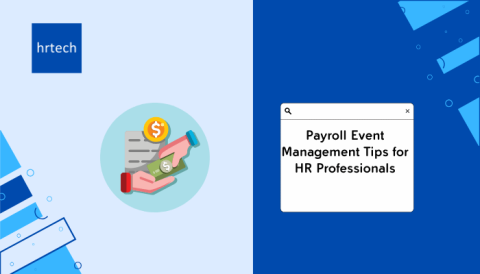TL;DR
- Covers mandatory laws like EPF, ESI, TDS, Minimum Wages, Bonus, and Gratuity.
- Ensures legal safety, employee trust, and smooth payroll operations.
- Non-compliance leads to penalties and reputational damage.
- Stay compliant by using payroll software, maintaining records, training teams, and following deadlines.
- Partnering with TeamLease simplifies end-to-end compliance management.
Introduction
For businesses in India, especially those managing a growing workforce, statutory compliance in payroll is more than just a legal requirement—it’s essential for smooth and ethical business operations. From calculating employee wages to deducting taxes and ensuring social security contributions, there’s a lot that goes into staying compliant.
This blog breaks down what statutory compliance really means in payroll, why it matters, and how businesses can get it right without getting overwhelmed. Whether you’re a business owner, HR manager, or payroll executive, understanding these key aspects can save your company from penalties and foster a better work culture.
What is Statutory Compliance in Payroll?
Statutory compliance in payroll refers to the mandatory rules and regulations that a business must follow when managing employee compensation, benefits, and tax obligations.
These legal requirements are set by the government and are designed to protect the rights of employees while ensuring businesses maintain ethical and transparent practices.
It includes a wide range of laws and acts, such as:
- Wage regulations (like the Minimum Wages Act)
- Tax deduction laws (such as TDS provisions under the Income Tax Act)
- Social security schemes (like EPF and ESI)
- Employee welfare measures (such as gratuity and maternity benefits)
- Equality mandates (like equal pay for equal work)
Why is Statutory Compliance So Important?
Getting payroll compliance right isn’t just about avoiding penalties—it’s about building a responsible business. Here’s why it matters:
- Keeps you legally safe
Failing to follow statutory rules can lead to fines, legal action, or even cancellation of licenses. Compliance helps your company operate without the fear of government crackdowns. - Fosters trust and transparency
When employees see that they are being paid fairly, getting proper benefits, and being treated equally, it builds confidence in the company. This trust leads to better morale and lower attrition rates. - Promotes ethical practices
Compliance encourages businesses to treat their workforce fairly and maintain clear processes for wage payments, deductions, and benefits, eliminating ambiguity and bias. - Avoids financial and reputational damage
Non-compliance often results in costly penalties, audits, and court cases, which not only hurt the bottom line but also damage the brand’s reputation in the market. - Improves operational efficiency
A well-structured, compliant payroll system brings consistency to HR and finance processes, making them easier to audit, scale, and manage as the business grows.
In short, statutory compliance in payroll isn’t just about ticking boxes—it’s about creating a work environment where legal, ethical, and employee-focused practices go hand in hand.
Implementing well-designed systems offered by experts like TeamLease can streamline these processes efficiently.
Let’s dive into the key statutory regulations every employer needs to know.
Key Statutory Regulations and Their Benefits
Understanding the core labor laws in India is essential for any employer aiming to run a compliant and employee-friendly payroll system. These laws not only safeguard employee rights but also help businesses foster a more ethical, inclusive, and productive workplace. Let’s explore the major statutory regulations you need to know:
1. Minimum Wages Act, 1948
Under this Act, the government sets minimum wage limits for different states, sectors, and types of jobs. These rates are reviewed and revised periodically based on factors like inflation, cost of living, and economic conditions.
Key Highlights:
- Different minimum wages exist across states and industries.
- Employers are legally bound to pay at least the notified wage to every employee.
- It prevents exploitation of low-income workers and ensures a basic standard of living.
Why it matters:
- Guarantees fair compensation for all workers
- Reduces wage-related disputes and promotes industrial harmony
2. The Payment of Bonus Act, 1965
The Payment of Bonus Act mandates that employers share a portion of their profits with employees in the form of an annual bonus. The bonus ranges from 8.33% to 20% of the salary, depending on the company’s profitability.
Key Highlights:
- Applies to establishments employing 20 or more people.
- The bonus is calculated based on salary and the company’s allocable surplus.
- Even if a company makes no profit, a minimum bonus must still be paid.
Why it matters:
- Encourages employee retention and performance
- Helps maintain a positive and rewarding work environment
3. The Maternity Benefit Act, 1961
This progressive law provides paid maternity leave and other benefits to female employees. The aim is to protect the health and rights of working women during and after childbirth.
Additionally, it mandates:
- Work-from-home options in certain cases post maternity leave
- Crèche facilities for establishments with 50 or more employees
Key Highlights:
- Applies to all establishments employing 10 or more people.
- Paid leave applies to both childbirth and related medical needs.
- Adoptive and commissioning mothers are also eligible for benefits.
Why it matters:
- Empowers women to manage both family and career
- Promotes gender diversity and inclusiveness in the workplace
4. Equal Remuneration Act, 1976
This Act enforces equal pay for men and women doing the same or similar kind of work. It prohibits gender-based discrimination in terms of salary, recruitment, training, and promotions. Employers are required to treat both male and female workers equally, without bias or preference.
Key Highlights:
- Applies across all sectors and industries in India.
- Ensures equal opportunities for growth and income.
- Encourages transparency in compensation practices.
Why it matters:
- Creates a level playing field regardless of gender
- Reduces wage gaps and supports a diverse workforce
5. Employees’ State Insurance (ESI) Act, 1948
The ESI Act is a social security scheme designed to provide medical and financial protection to employees earning below a specified threshold (currently ₹21,000 per month). Both the employer and the employee contribute to the ESI fund—typically 3.25% and 0.75% of the wages respectively.
This scheme covers:
- Medical care for employees and their families
- Sickness and maternity benefits
- Disability compensation in case of accidents or occupational diseases
- Unemployment benefits under specific conditions
Key Highlights:
- Managed by the Employees’ State Insurance Corporation (ESIC)
- Compulsory for establishments with 10 or more employees (in most states)
- Includes family coverage for insured persons
Why it matters:
- Offers healthcare access and income protection during tough times
- Enhances employee well-being and job security
These key regulations form the backbone of statutory compliance in payroll. Not only do they shield employees from unfair treatment, but they also help employers build a trustworthy and legally sound business.
Utilizing comprehensive solutions from TeamLease can ensure these regulations are met, benefiting both your business and employees.
Now, let’s look into the nuts and bolts of handling taxes and TDS in your payroll management.
Understanding TDS and Financial Responsibilities in Payroll
Tax compliance is a critical part of payroll management. Among the various responsibilities employers shoulder, Tax Deducted at Source (TDS) plays a significant role in ensuring proper and lawful salary processing.
Let’s break it down:
1. TDS in Payroll: What It Is and Why It Matters
TDS, or Tax Deducted at Source, is a system where the employer deducts a certain amount of tax from the employee’s salary before it is paid out, and deposits it directly with the Income Tax Department on behalf of the employee.
This ensures that taxes are collected regularly throughout the year, preventing large year-end tax burdens for employees and ensuring compliance for the employer.
What Factors Determine TDS Deduction?
TDS on salaries is calculated based on several key factors:
- Employee’s total income
This includes the basic salary, bonuses, allowances, and other income components declared by the employee. - Applicable exemptions and deductions
Investments in tax-saving instruments (like ELSS, PPF, LIC premiums), HRA claims, home loan interest, and other deductions under Section 80C, 80D, etc. impact the final taxable income. - Tax regime chosen
Employees can now choose between the Old Tax Regime (with exemptions and deductions) and the New Tax Regime (with lower slab rates but no major exemptions). This choice directly influences how much TDS is to be deducted.
Why Is Timely TDS Deduction Important?
- Employers are legally obligated to deduct and remit TDS each month.
- Missing deadlines or making incorrect deductions can result in:
- Interest charges
- Late fees
- Penalties under the Income Tax Act
- It can also lead to employee grievances if Form 16 or annual tax details are incorrect.
Bottom line: TDS is not just a formality—it’s a financial and legal obligation that must be handled with accuracy and consistency.
2. TDS Rates and Tax Regimes: What Employers Need to Know
Since the introduction of the new tax regime in FY 2020–21, employees now have the option to choose between two tax structures:
A. Old Tax Regime
- Offers a wide range of exemptions and deductions (HRA, LTA, 80C, 80D, etc.)
- Suitable for employees who have significant investments and eligible expenses
- Higher tax slab rates compared to the new regime, but benefits from tax-saving options
B. New Tax Regime
- Introduces lower tax rates, but removes most exemptions and deductions
- Designed to simplify the tax filing process
- Better suited for individuals with fewer investments or tax-saving expenses
What Should Employers Do?
- Collect declarations from employees at the beginning of the financial year about their preferred tax regime
- Calculate monthly TDS based on the chosen regime and applicable income slabs
- Share regular TDS statements and Form 16 at the end of the year to ensure transparency
Failing to account for the correct tax regime can lead to incorrect deductions and complications during employee tax filing.
Next, we talk about ways with the help of which employers can stay compliant with social security laws.
How Can Employers Stay Compliant with Social Security Laws?
Apart from ensuring salaries and taxes are handled correctly, employers also have the responsibility of contributing to social security schemes that protect their employees’ long-term financial well-being. These statutory requirements cover retirement benefits, health and welfare support, and end-of-service rewards.
Let’s take a closer look at the key social security laws every employer should understand and comply with:
1. Employees’ Provident Fund (EPF) Act, 1952
The EPF scheme is one of the most crucial pillars of employee social security in India. It’s a retirement-oriented savings plan, where both employer and employee contribute 12% of the employee’s basic salary and dearness allowance each month to a provident fund account.
This fund grows over time with interest and serves as a financial cushion for employees when they retire, or in case of emergencies like medical issues, home loans, or unemployment.
Key Highlights:
- Mandatory for companies with 20 or more employees
- Employees can check their EPF balance online via the UAN portal
- Partial withdrawals are allowed for specific purposes like marriage, education, or home purchase
Why it matters:
- Promotes financial discipline and security for employees
- Builds long-term trust and enhances employee retention
2. Labour Welfare Fund (LWF) Act, 1965
The Labour Welfare Fund is a social initiative aimed at improving the quality of life for workers. The fund supports various welfare activities, such as:
- Education and skill development for workers and their children
- Medical assistance and subsidized treatment
- Housing support and recreational facilities
Unlike EPF, the applicability of LWF varies from state to state and is typically mandatory only in specific industries or sectors. Contributions are usually made by the employer, employee, and the state government.
Key Highlights:
- Contribution rates differ by state (e.g., Maharashtra, Karnataka, Tamil Nadu, etc.)
- Payment is made on a half-yearly or yearly basis
- Covers blue-collar and low-wage employees primarily
Why it matters:
- Enhances the well-being and morale of workers
- Contributes to the holistic development of the workforce
3. The Payment of Gratuity Act, 1972
Gratuity is a lump sum benefit paid by an employer to an employee as a gesture of appreciation for their long service to the company. According to the law, any employee who has completed five or more years of continuous service is eligible to receive gratuity upon resignation, retirement, superannuation, or death/disability.
| Gratuity Calculation Formula: Gratuity = (Last drawn basic salary × 15 × number of years of service) ÷ 26 |
Here:
- “15” represents 15 days of salary for each year of service
- “26” is the number of working days in a month (excluding Sundays)
Key Highlights:
- Applicable to establishments with 10 or more employees
- The Tax-free gratuity limit currently stands at ₹20 lakhs
- In case of death or disability, gratuity is paid regardless of years of service
Why it matters:
- Recognizes and rewards employee loyalty
- Provides a financial cushion post-employment or during unforeseen situations
TeamLease solutions provide an integrated approach to manage these responsibilities with ease and precision.
Last but not the least, let’s take a look at how companies can ensure effective compliance management.
How to Ensure Effective Compliance Management?
Payroll compliance isn’t just about checking off legal boxes—it’s about building a system that’s efficient, transparent, and sustainable over time. To keep your organization aligned with statutory requirements, here are six key strategies that go beyond the basics:
1. Maintain Organized and Accurate Documentation
Keeping accurate records is the first step to staying compliant. Businesses should maintain clear documentation of all employee-related data such as:
- Salary structures and payslips
- Tax declarations and Form 16
- Attendance and leave records
- Bonus payments and reimbursements
- Proof of statutory contributions (EPF, ESI, LWF, etc.)
Regular internal audits and monthly reconciliations can help identify inconsistencies early, reducing the risk of errors or penalties during government inspections.
2. Embrace Technology and Automation
Modern payroll software does more than process salaries—it acts as a complete compliance management tool. Automating calculations for TDS, PF, ESI, and bonuses not only reduces manual effort but also minimizes the chances of mistakes.
Advanced systems offer features like:
- Real-time statutory updates
- Automated reminders for due dates
- Generation of compliance-ready reports
- Secure cloud storage for employee documents
These tools free up your HR and finance teams to focus on strategic tasks while ensuring everything remains compliant behind the scenes.
3. Educate and Train Your Team
A well-informed team is your first line of defense against non-compliance. Conducting regular training sessions helps ensure that everyone—from HR executives to finance managers—is on the same page when it comes to statutory obligations.
Workshops, webinars, and policy handbooks should cover:
- Latest legal updates
- How to use payroll software effectively
- Step-by-step filing procedures for different laws
- Recordkeeping and reporting standards
Encouraging ongoing learning helps reduce knowledge gaps and promotes accountability.
4. Establish a Compliance Calendar
Having a compliance calendar mapped out for the entire financial year is one of the simplest yet most effective ways to stay on top of deadlines. This calendar should include:
- TDS deposit and filing dates
- PF and ESI contribution deadlines
- Return filing schedules (quarterly, half-yearly, and annual)
- Dates for issuing Form 16, salary certificates, and audit reports
Integrating this calendar into your payroll software or shared team platforms ensures that key responsibilities are never overlooked.
5. Conduct Periodic Risk Assessments
Regular risk assessments help you evaluate how exposed your payroll system is to compliance-related issues. These reviews should focus on:
- Gaps in documentation or reporting
- System limitations or errors in payroll processing
- Misclassifications of employees or benefits
- Delays in updating salary changes or deductions
Risk assessments provide an opportunity to correct inefficiencies before they snowball into costly problems.
6. Collaborate with Legal and Tax Experts
Even with the best internal systems in place, it’s wise to consult with external professionals—especially when navigating complex or changing regulations. Labor laws and tax provisions are subject to frequent amendments, and non-specialists may miss critical updates.
Partnering with payroll consultants, legal advisors, or chartered accountants ensures:
- Better interpretation of grey areas in compliance
- Timely updates on new legal amendments
- Audit preparation and risk mitigation support
Outsourcing complex components of payroll compliance can also free up internal teams while improving accuracy and compliance.
Conclusion
Navigating statutory compliances might seem daunting at first, but with the right understanding, systems, and tools in place, it becomes manageable—and even beneficial.
From paying minimum wages to handling TDS and offering maternity leave, every rule plays a part in building a responsible and trustworthy workplace. Employers that take statutory compliance seriously not only avoid legal trouble but also create a work culture that attracts and retains the best talent.
Don’t let complicated rules hold your business back—invest in smart payroll systems and stay one step ahead.
FAQs
1. Are startups and small businesses also required to follow statutory compliance?
Yes, all businesses—regardless of size—must follow applicable statutory laws based on employee count and business structure. Non-compliance can still lead to penalties.
2. Can statutory compliance requirements vary from state to state in India?
Yes, some laws like Minimum Wages and Labour Welfare Fund have state-specific rules and rates. Employers must track updates based on their operational location(s).
3. How often do statutory regulations change?
Regulations can change annually or even mid-year based on budget announcements or policy updates. Employers should stay informed to ensure timely compliance.
4. Is outsourcing payroll a good solution for managing compliance?
Yes, outsourcing payroll to professionals or firms like TeamLease can reduce errors, save time, and ensure up-to-date compliance with changing laws.
5. How does statutory compliance affect employee onboarding?
During onboarding, statutory documentation such as PAN, Aadhaar, PF number, and ESI details must be collected to ensure smooth salary processing and benefits access.
6. What penalties can be imposed for payroll non-compliance?
Penalties may include monetary fines, interest on delayed payments, legal action, or even imprisonment depending on the severity and nature of the violation.







